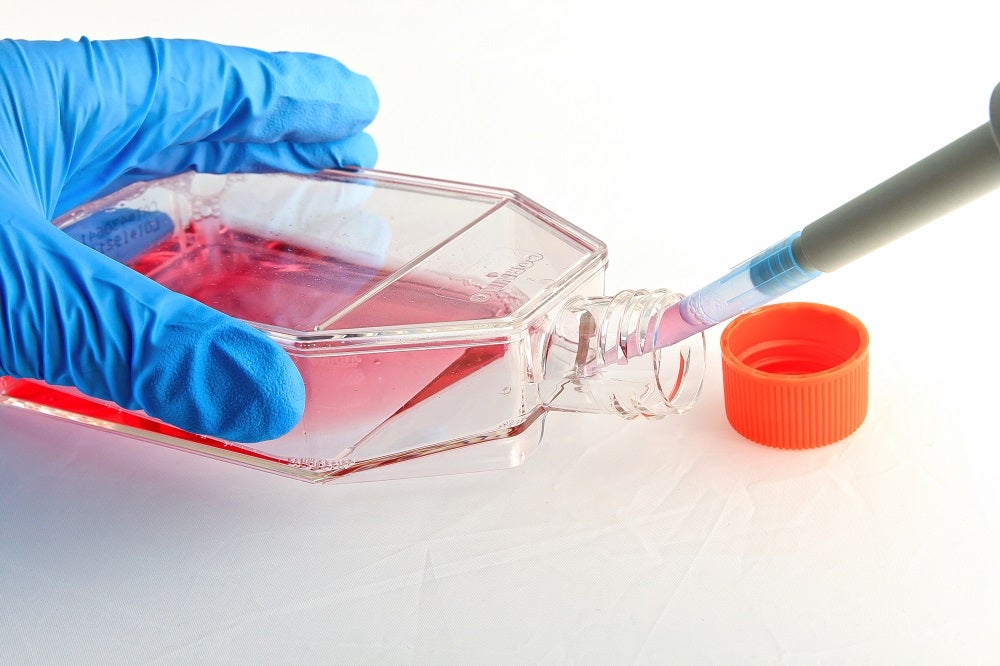
It is no exaggeration to say that the world changed in the early 80s when insulin was expressed synthetically in microorganisms for the first time. This breakthrough led to a recombinant (biosynthetic) and thereby safer therapy for diabetes than the animal-sourced insulin which had been used since 1922. Insulin injections are still the chief way of managing Type 1 diabetes today; however, since then, the impact of Recombinant Insulin’s discovery has gone even further.
In addition to revolutionising diabetes care, insulin has become an essential component of biopharmaceutical manufacturing, where its growth-supplementing properties are relied on to enhance commercially available cell culture media and achieve higher yields of target therapeutic proteins.
Recombinant Insulin’s role is well established in monoclonal antibody manufacturing processes, but its current applications and future potential do not stop there. In this Q&A, Pharmaceutical Technology speaks to Sara Bursomanno, PhD Global Product Manager, Novo Nordisk Pharmatech, on insulin’s role in the past, present, and future of cell culture processes.
Q: What challenges are involved in cell culture processes?
Sara Bursomanno (SB): There are many challenges. Regulatory standards are very tight in order to ensure the safety and efficacy of drugs, so biomanufacturers have to focus on establishing robust processes and using high-quality materials in order to meet these expectations.
One big challenge is contamination. For example, it is risky to use animal-derived raw materials in biomanufacturing, because these materials can bring animal-derived infections. It can cost millions of dollars to remove contamination from a manufacturing process and this causes a consequent delay to the preparation of the drug. In biomanufacturing, it’s also very important that there is no variability from one batch to the next. As with contamination, variation in outcomes and product quality are often a result of the raw materials used.
At the same time, biopharmas also have to keep up with the high demand for their drug products. To do that, they need to establish highly efficient processes while keeping costs down. Extremely efficient processes with product yields reaching around 10 g/L of cell culture are the ideal but are very difficult to reach.
Q: Can Recombinant Insulin help biopharma companies solve some of these challenges?
SB: The addition of Recombinant Insulin to biomanufacturing processes helps to increase yields by boosting cell proliferation and promoting cell productivity. This helps manufacturers to reach their production goals with greater efficiency.
Novo Nordisk Pharmatech’s Recombinant Insulin is animal free; it’s produced in a yeast organism. This eliminates the risk of biocontamination in serum-free cell culture media formulations. Our Recombinant Insulin is manufactured in compliance with cGMP, with a quality management system complying with ISO 9001, and is tested to fulfil the highest quality standards from Pharmacopeia both in Europe and the US. We can also ensure stability and consistency from batch to batch.
All of this helps biopharma companies to meet high standards for quality, safety, and consistency.
Q: How did Novo Nordisk Pharmatech become the leading supplier of Recombinant Insulin to this industry?
SB: We do own the highest share of the Recombinant Insulin market. In fact, our insulin is currently used in the biomanufacturing of more than 100 marketed blockbuster drugs. I think one key reason why our customers can rely on us is because our Recombinant Insulin is manufactured by our parent company Novo Nordisk, which is the world leading manufacturer of therapeutic insulin. Novo Nordisk has multi-tonne capacity as well as various safety stocks in multiple secure locations. Because of this, we can ensure the security of our and our customers’ supply chains at any time – even during the coronavirus pandemic!
Another thing that makes us different is the quality of our product and our cGMP manufacturing. Biopharma companies also value the fact that our team of cell culture experts can support them in optimising their growth media. We have a broad range of application studies that we use to inform recipe optimisation, and we help our customers at every stage of the journey with our dedicated support – pre-sale, during, and after.
Q: How is insulin’s role in biomanufacturing evolving? Can it support the newer therapeutic modalities?
SB: Over the past 25 years, Recombinant Insulin supplementation has become standardised in the production of monoclonal antibodies as well as virus vaccines. Now, however, the therapeutic world is evolving towards more and more advanced therapies. This is a new, expanding area in medicine which is still largely in the research phase, but Recombinant Insulin is already there. For example, Recombinant Insulin is a very important ingredient for improving stem cell growth. For this reason, it has a key role in supporting regenerative medicine. Recombinant Insulin also supports the production of viral vectors, so it is participating in the development of cell and gene therapies, too. At Novo Nordisk Pharmatech, we’re very excited about enabling these new generation of medicines with our products.
Q: You mentioned application studies. Have any recent studies led to interesting findings?
SB: Yes, we have personally tested Recombinant Insulin in many different applications. For example, we have seen that Recombinant Insulin can significantly boost the production of mAbs in CHO-K1 cells, reaching product yields of 6 g/L.
Insulin is also used for vaccine preparations, and we have observed that the supplementation of insulin to cell culture of HEK-293 cells can boost the production of Influenza virus by 51%.
For cell and gene therapies, we have tested the use of insulin to boost the production of viral vectors. We observed a dramatic increase in the production of both adeno-associated viruses and lentiviruses.
For more information and detailed application studies concerning the use of Recombinant Insulin in biomanufacturing, please download the new eBook below.


